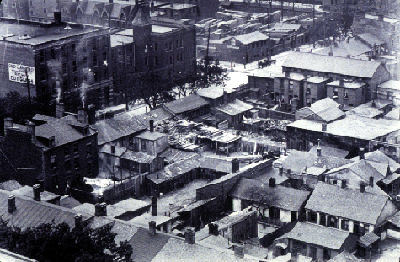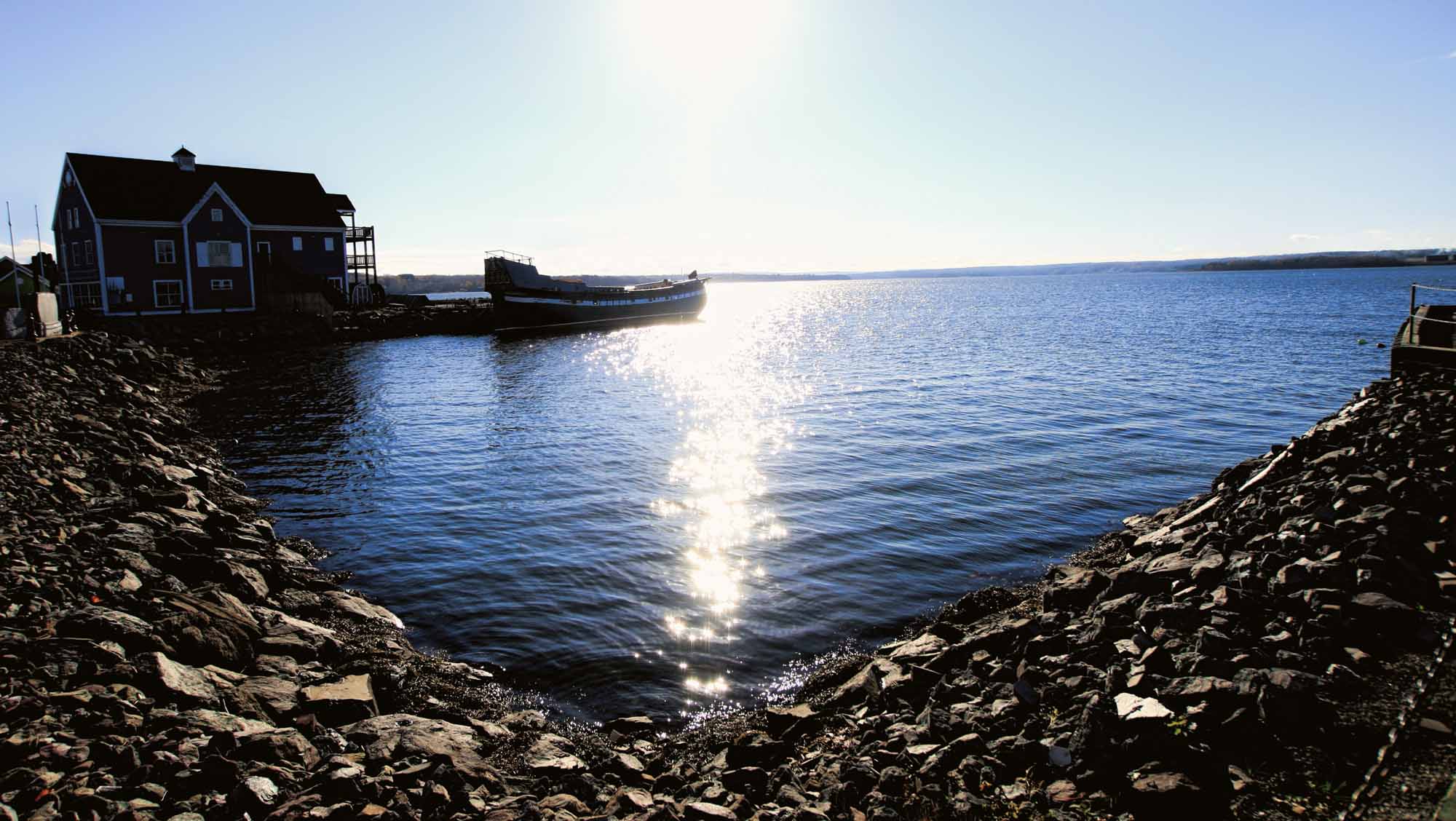Browse "Things"
-
Article
Health Policy
Canada's national health-insurance program (also called medicare) is designed to ensure that every resident of Canada receives medical care and hospital treatment, the cost of which is paid through general taxes or through compulsory health-insurance premiums. Medicare developed in 2 stages.
"https://d2ttikhf7xbzbs.cloudfront.net/media/media/b7b71c5d-eb9b-4e7d-8a33-7f93265c0ba7.jpg" // resources/views/front/categories/view.blade.php
https://d2ttikhf7xbzbs.cloudfront.net/media/media/b7b71c5d-eb9b-4e7d-8a33-7f93265c0ba7.jpg
-
Article
Hearing Loss
Any person living in Canada, regardless of age, gender, ethnic background, geographic location, occupation, educational background or socio-economic status, can experience hearing loss.
"https://development.thecanadianencyclopedia.ca/images/tce_placeholder.jpg?v=e9dca980c9bdb3aa11e832e7ea94f5d9" // resources/views/front/categories/view.blade.php
https://development.thecanadianencyclopedia.ca/images/tce_placeholder.jpg?v=e9dca980c9bdb3aa11e832e7ea94f5d9
-
Article
Heart Disease
In industrial countries more people die from diseases of the heart and blood vessels than from any other single cause.
"https://development.thecanadianencyclopedia.ca/images/tce_placeholder.jpg?v=e9dca980c9bdb3aa11e832e7ea94f5d9" // resources/views/front/categories/view.blade.php
https://development.thecanadianencyclopedia.ca/images/tce_placeholder.jpg?v=e9dca980c9bdb3aa11e832e7ea94f5d9
-
Macleans
Heart of the matter
For some Olympians, like Dara Howell and Charles Hamelin, sport is a family vocationThis article was originally published in Maclean's Magazine on February 24, 2014
"https://development.thecanadianencyclopedia.ca/images/tce_placeholder.jpg?v=e9dca980c9bdb3aa11e832e7ea94f5d9" // resources/views/front/categories/view.blade.php
https://development.thecanadianencyclopedia.ca/images/tce_placeholder.jpg?v=e9dca980c9bdb3aa11e832e7ea94f5d9
-
Article
Heartland
Heartland is a family drama that airs on CBC TV on Sundays at 7:00 p.m. Based on novels published by Working Partners under the name Lauren Brooke, it premiered in 2007 and is the longest-running one-hour drama in Canadian history. Set on a family ranch called Heartland, the Alberta-shot series follows Amy Fleming’s (Amber Marshall) relationships with her family, with ranch hand Ty Borden (Graham Wardle) and her special abilities as a horse whisperer. Winner of five Directors Guild of Canada Awards for best family television series, Heartland has averaged more than 1 million viewers per episode and is broadcast in more than 100 countries.
"https://d2ttikhf7xbzbs.cloudfront.net/media/media/08ad1906-aa59-4642-9498-3d28280f0caa.jpg" // resources/views/front/categories/view.blade.php
https://d2ttikhf7xbzbs.cloudfront.net/media/media/08ad1906-aa59-4642-9498-3d28280f0caa.jpg
-
Article
Heat Wave
A heat wave is usually defined as a period of 3 or more consecutive days with temperatures of 32° C or higher. High HUMIDITY is not a requisite, yet most, but not the worst, heat waves are oppressively humid.
"https://development.thecanadianencyclopedia.ca/images/tce_placeholder.jpg?v=e9dca980c9bdb3aa11e832e7ea94f5d9" // resources/views/front/categories/view.blade.php
https://development.thecanadianencyclopedia.ca/images/tce_placeholder.jpg?v=e9dca980c9bdb3aa11e832e7ea94f5d9
-
Article
Heavy Metal
Heavy metal. Rock music subgenre and stylistic approach. Heavy metal evolved ca 1968-9 from such British psychedelic- and blues-rock bands as Cream, Led Zeppelin, and Black Sabbath.
"https://development.thecanadianencyclopedia.ca/images/tce_placeholder.jpg?v=e9dca980c9bdb3aa11e832e7ea94f5d9" // resources/views/front/categories/view.blade.php
https://development.thecanadianencyclopedia.ca/images/tce_placeholder.jpg?v=e9dca980c9bdb3aa11e832e7ea94f5d9
-
Article
Hébert Case
In the Hébert case (1990), the Supreme Court of Canada spoke directly on the right to silence. Hébert was accused of grand larceny. Advised of his right to counsel, he was imprisoned after the consultation.
"https://development.thecanadianencyclopedia.ca/images/tce_placeholder.jpg?v=e9dca980c9bdb3aa11e832e7ea94f5d9" // resources/views/front/categories/view.blade.php
https://development.thecanadianencyclopedia.ca/images/tce_placeholder.jpg?v=e9dca980c9bdb3aa11e832e7ea94f5d9
-
Article
Hec Crighton Trophy
The Hec Crighton Trophy was presented to the Canadian Interuniversity Athletic Union in 1967 by the board of directors of the Canadian College Bowl, to be awarded annually to the athlete deemed to be the most outstanding university football player in Canada.
"https://development.thecanadianencyclopedia.ca/images/tce_placeholder.jpg?v=e9dca980c9bdb3aa11e832e7ea94f5d9" // resources/views/front/categories/view.blade.php
https://development.thecanadianencyclopedia.ca/images/tce_placeholder.jpg?v=e9dca980c9bdb3aa11e832e7ea94f5d9
-
Article
HEC Montréal
HEC Montréal (formerly École des hautes études commerciales de Montréal), Canada’s first business school, was founded in 1907. Today, the school welcomes over 13,000 students and trains more than 8,000 executives and managers every year.
"https://d2ttikhf7xbzbs.cloudfront.net/media/media/02871b4e-caab-4a73-9fef-2067d9d79f9d.jpg" // resources/views/front/categories/view.blade.php
https://d2ttikhf7xbzbs.cloudfront.net/media/media/02871b4e-caab-4a73-9fef-2067d9d79f9d.jpg
-
Article
Hector
Hector, the ship which carried 178 Scottish immigrants to the Pictou area of northern Nova Scotia in 1773. Pictou was located on the "Philadelphia Plantation," an 81 000 ha tract granted to 14 Scots proprietors and settled desultorily since 1767.
"https://d2ttikhf7xbzbs.cloudfront.net/media/media/a0a529f1-d15d-4956-b0be-6b66feaa1bd1.jpg" // resources/views/front/categories/view.blade.php
https://d2ttikhf7xbzbs.cloudfront.net/media/media/a0a529f1-d15d-4956-b0be-6b66feaa1bd1.jpg
-
Article
Hedley (band)
Pop-punk band Hedley shot to stardom in 2005 after lead singer Jacob Hoggard finished third on Canadian Idol in 2004. The band won two Juno Awards rom more than 30 nominations, sold nearly 1 million albums and 4 million singles, and had a record 16 videos hit No. 1 on the MuchMusic Countdown chart. In 2014, Billboard called Hedley Canada’s “king of all-format airplay.” In February 2018, the band was blacklisted from Canadian radio following multiple allegations of sexual assault against the band members dating to 2005. Hoggard was arrested and charged with sexual interference and two counts of sexual assault in July 2018. In 2022, he was found guilty of sexual assault causing bodily harm and was sentenced to five years in prison.
"https://d2ttikhf7xbzbs.cloudfront.net/media/media/4203fab7-3227-4a30-a113-4d01887e7ee6.jpg" // resources/views/front/categories/view.blade.php
https://d2ttikhf7xbzbs.cloudfront.net/media/media/4203fab7-3227-4a30-a113-4d01887e7ee6.jpg
-
Article
Helicopter
Control was the problem, and the men who showed the way to the practical helicopter were Juan de la Cierva of Spain, with his autogyros, Heinrich Rocke of Germany and Igor Ivanovich Sikorsky of Russia and the US.
"https://d2ttikhf7xbzbs.cloudfront.net/media/media/098aa086-dfcf-4c65-a548-365e130e24e4.jpg" // resources/views/front/categories/view.blade.php
https://d2ttikhf7xbzbs.cloudfront.net/media/media/098aa086-dfcf-4c65-a548-365e130e24e4.jpg
-
Article
Hells Gate
Hells Gate is a narrow rocky gorge of the Fraser River Canyon south of Boston Bar, British Columbia.
"https://d2ttikhf7xbzbs.cloudfront.net/media/media/3a0bfcc6-c4db-40cb-9d96-e5db248cc7e2.jpg" // resources/views/front/categories/view.blade.php
https://d2ttikhf7xbzbs.cloudfront.net/media/media/3a0bfcc6-c4db-40cb-9d96-e5db248cc7e2.jpg
-
Article
Héma-Québec
Héma-Québec is a Canadian nonprofit organization that serves as the primary blood authority in the province of Quebec. Its role and mission are nearly identical to that of Canadian Blood Services, though its work is focused exclusively in Quebec. Though it is separate from Canadian Blood Services, the two organizations cooperate and coordinate with one another and together form an integral part of Canada’s health-care system. Both are responsible for ensuring a steady supply of blood, plasma and other blood products for Canadian health-care needs.
"https://d2ttikhf7xbzbs.cloudfront.net/hemaquebec/hemaquebec.jpg" // resources/views/front/categories/view.blade.php
https://d2ttikhf7xbzbs.cloudfront.net/hemaquebec/hemaquebec.jpg
